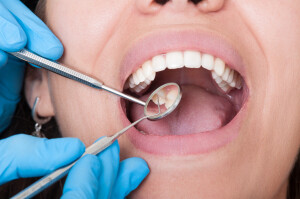Oral hygiene is that the practice of keeping one’s mouth clean and free from disease and other problems (e.g. bad breath) by regular brushing and cleaning between the teeth. … the foremost common sorts of dental disease are cavity (cavities, dental caries) and gum diseases, including gingivitis(inflammation of gums), and periodontitis (inflammation of supporting tooth structure).
Tooth decay is that the commonest global disease. Thus saliva and fluoride haven’t any access to neutralize acid and remineralize the demineralized teeth, unlike easy-to-clean parts of the tooth, where fewer cavities occur.
Teeth cleaning is a component of oral hygiene and involves the removal of bacterial plaque from teeth with the intention of preventing cavities (dental caries), gingivitis, and periodontitis . People routinely clean their own teeth by brushing and interdental cleaning, and dental hygienists can remove hardened deposits (tartar) not removed by routine cleaning. Brushing properly twice during a day for a minimum of 2 min is important . Those with dentures and natural teeth may supplement their cleaning with a denture cleaner.
Good oral hygiene keeps teeth free from bacterial plaque build-up, staves off cavities and fights bad breath.
You’re at-home oral hygiene routine should contains regular brushing and flossing.
Warm saline gargles or rinses with a appropriate medicated mouthwash after every meal is additionally an honest practice. Ask your dentist for a mouth wash suitable for you.
A healthy diet that’s low in sugary foods and soft food is additionally an important a part of good oral hygiene.
Regular dental visits every six months allow your dentist or skilled worker to supply oral hygiene instructions.




